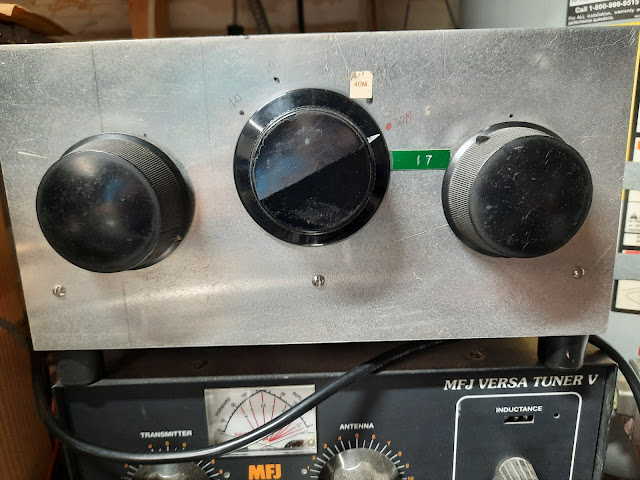Sept 16, 2024. How a Real Radio should look like!
The PENNTEK TR-45L CW Transceiver
The PENNTEK TR-45L radio (made in Pennsylvania) screams volumes with an old school analog panel meter alongside a 16X2 LCD. Imagine this jewel sitting on a picnic bench while you send CQ POTA. It is a chick magnet extraordinaire! [A suggested upgrade: A Juliano Blue LCD.]
This is not unlike the time in 1967 while living at 350 Union Street in San Franscisco, where a movie was being made using our parking garage. The movie was Hospital featuring George C Scott and Julie Christie. In 1967 Christie was 27 years old.
It was early morning, and I had a street facing large window slightly above ground level. I opened my drapes while still in my Navy issued skivvies, (having just finished my 4-year obligation) and there was Julie Christie no more than 10 feet from me. It was the same feeling some 60 years later seeing the TR-45L.
Before getting way off on the deep end, the fully fitted TR-45 is about $750 and at the skinny end (stripped down version) about $200 less. I guess a somewhat premium price for a 4 Band 5-Watt CW transceiver.
A superb looking transceiver!
Today at 84, Julie Christie loses out in the looks department as compared to the TR-45! But in 1967, a really different story!
Quite frankly, I would be hard pressed to justify spending $750 for a rig like this. But given all of its features and small volume production that cost is likely justified. But due to my other obligations simply not on the Santa wish list. However undeniably it does have the look of a high-class hooker!
Moving from the High-End Honey's to the Bargain Basement Broad's are some offerings from the 4 State QRP Group
Hilltopper 20 Designed by Dave Benson K1SWL
This kit was designed by Dave Benson of Small Wonder Labs (K1SWL). The price is more in line with my budget gag level, about $125, and available from the 4 States QRP Group.
Indeed, there is some interesting hardware around us but that also suggests that any ham worth his salt could homebrew a CW rig. One of K1SWL's 1st kits was the NE4020 which I totally homebrewed. Your homebrew offering might not look like the TR-45L or a 1960's Julie Christie but certainly would put Fire in the Wire.
TYGNYBNT. Don't eat your pets!
73's
Pete N6QW














.jpeg)
.jpeg)
.jpeg)




.jpg)







.jpg)



.jpg)
.jpg)

















